How To Maximize Your Digital Advertising ROI: A Guide to Effective Campaign Reporting

It’s campaign reporting day, and you’ve spent the last couple of hours in Google Sheets making sure your digital marketing report is pixel-perfect for your client to show the fantastic marketing performance you’ve achieved this month.
But your marketing data and charts aren’t formatted correctly. Your pivot tables aren’t working as they did before. You’ve got another five client reports to put together, and you can’t help but feel they look somewhat bleh.
You sigh. You didn’t sign up for this when you became a marketing manager. Is there a better way?
With marketing reporting tools like DashThis, you’ll skip all this tedium and spend more time doing what you do best - creating fantastic campaigns that move the needle for your client’s marketing department while showcasing your marketing efforts effectively in clear analytics reports.
Here’s our guide on how to put a proper campaign report together. But first, let’s make sure we’re on the same page with definitions.
- What is campaign reporting, and why is it important?
- Best practices for effective campaign reporting
- The best campaign reporting KPIs to track
- Build your campaign performance report in minutes
- Create beautiful campaign reports easily with DashThis
What is campaign reporting, and why is it important?
Campaign reporting is a report of your campaign’s performance. It tells you how your core KPIs performed this month, and highlights any opportunity for improvement.
Regular and effective reporting is an important yet challenging part of client communication. Half of the social media agencies surveyed by Agorapulse said showing their efforts' return on investment (ROI) was their biggest pain point.
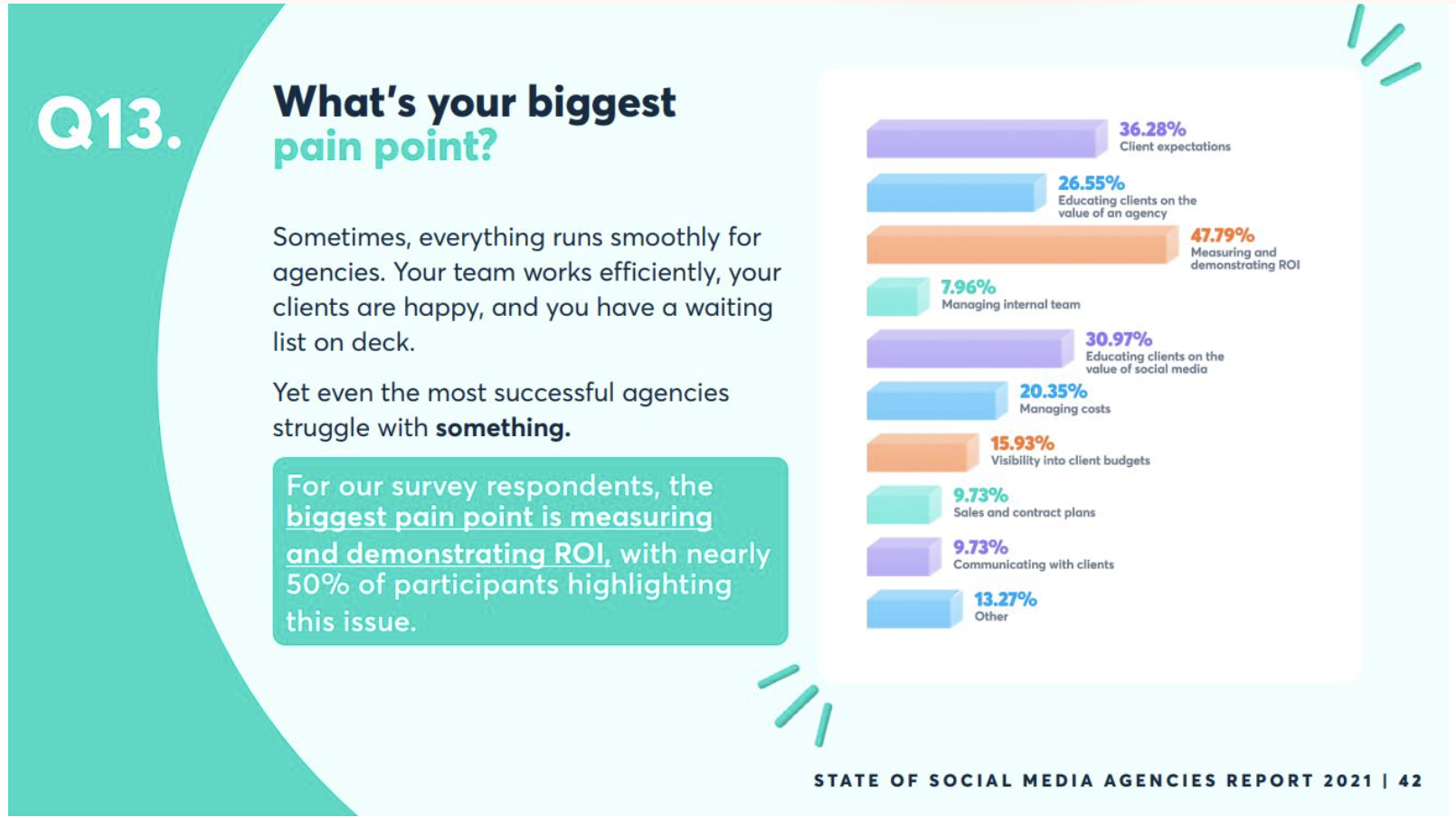
Yet, regular agency reporting is also an opportunity to communicate the value of your work with your clients. You know whether your marketing activities are working by tracking your clients' results and adjusting where needed.
Done well, reporting can be a crucial service differentiator for your agency. In their monthly marketing reports to clients, search agency SearchStation combines DashThis’s reports with recorded videos of individuals talking through the report to the client in a video. This personal touch sets their service apart from other agencies.
Best practices for effective campaign reporting
Define clear campaign objectives and key performance indicators (KPIs)
Before you dive in and start putting together a campaign report, it’s essential first to understand the goals of your campaign.
Besides clear goals being a predictor for success, they motivate your team members and client by ensuring you look at the same marketing metrics when designing a campaign for your business goals.
You wouldn’t, for instance, spend money on a brand awareness campaign when your client has a limited-time sale they need to maximize revenue for.
Besides goals, Emily Clark, Content Developer and Marketer at Clutch.co adds in two key questions you should ask your client:
- How are your agency reports being used?
You’ll include different data in your report, whether your client is evaluating the effectiveness of their marketing team processes or how their company competes with other businesses.
- How much marketing expertise does your client have?
Your client’s familiarity with marketing metrics affects how much they understand the data and how many explanations you must provide in your report.
Choose relevant metrics for each campaign goal
Once you know these answers, it’s time to choose metrics.
Ask yourself:
- Which metrics help you answer that question?
- What are your most important numbers?
A content marketing agency running a content promotion campaign involving client case studies to showcase their expertise and thought leadership for a mid-stage product startup as part of their marketing strategy might focus on metrics like:
- Number of downloads of their case study
- Search engine optimization (SEO) rankings of their case study page
- How often sales teams and demand generation teams use case studies in conversations with prospects
- Landing page traffic by marketing channel
Present data in a concise and meaningful way
Time is precious, so avoid making your client search through your report to find the relevant marketing KPIs.
Most clients will want to know how much they’ve spent and the results that marketing activity brought in terms of new customers, number of leads or website traffic. So put that information up front in your analytics report.
Take our e-commerce sales report template, for example.
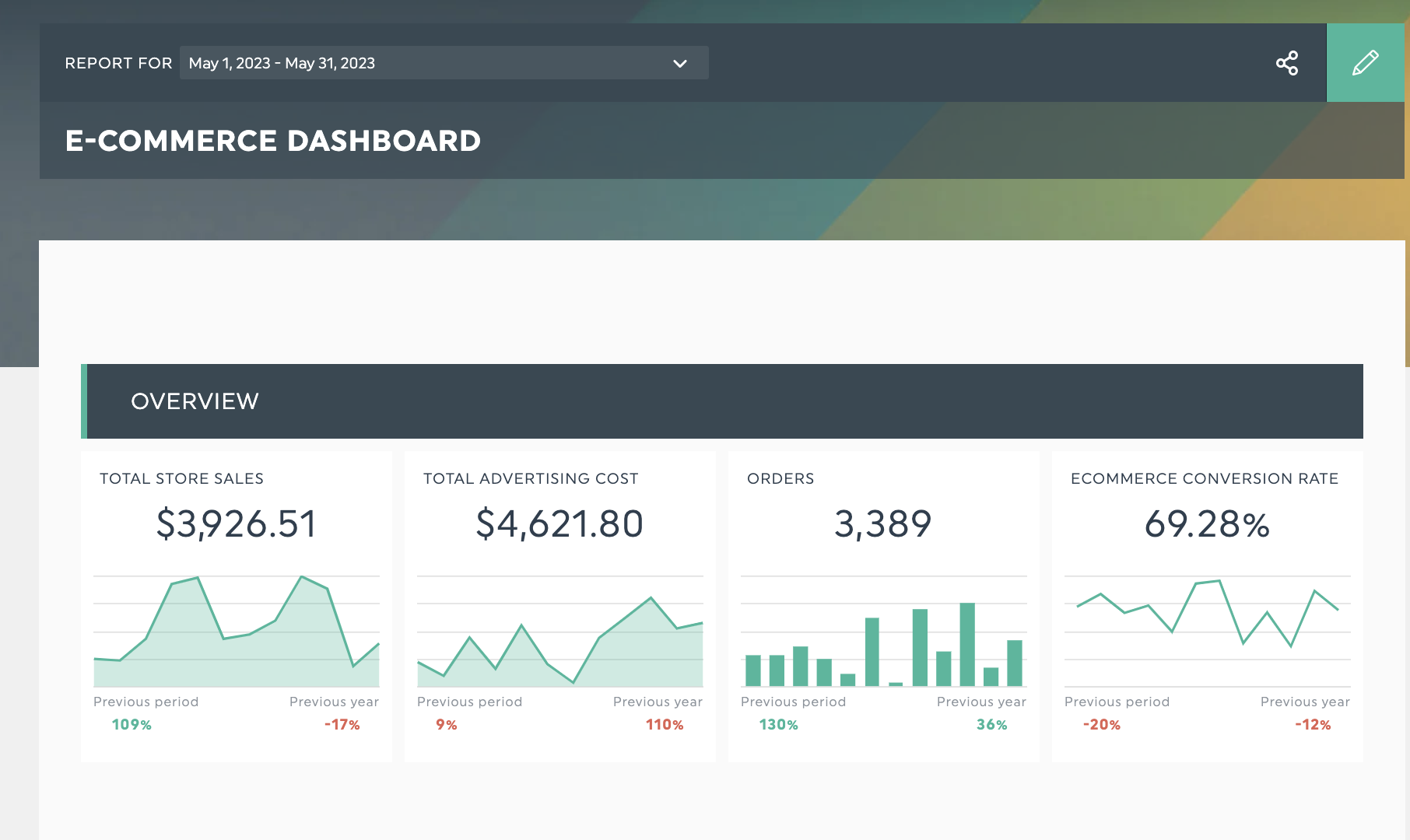
Get this e-commerce sales report template with your own data!
We’ve kept the first section with the most critical information, including:
- Total sales revenue
- Total marketing costs
- Number of orders
- Average conversion rate
By keeping essential information on top and answering your client’s key concerns first, your client can scroll down to take a more in-depth look into the operational details.
Other tips for creating meaningful campaign reports consistently:
- Data visualizations like charts and graphs are easier to understand than plain text or numbers than plain text or numbers
- Employ section headers to organize your report and make it easier to follow
- Add context to your numbers by visualizing a change in KPI or showing progress towards a marketing goal
More resources on visualizing data:
Analyze campaign performance and make recommendations
Presenting data well is one thing. But clients aren’t just looking for a pretty marketing dashboard.
They’re looking to make informed decisions on their campaign performance. They want to know how this data can help them bring good news to their stakeholders.
Analysis takes a few forms:
- Compare a metric over time. Consider questions like ‘How has our organic traffic or search engine rankings changed from our benchmark 3 months ago?’
- Look at patterns or trends in the data over time. It’s worth explaining data that doesn’t fit these trends, like an unexpected increase or drop in a KPI
- Use segments to drill into your data. Break down your traffic numbers by channel or device to see which channel contributed more to your overall number.
Here’s how to include analysis in your DashThis reports:
Add a note or comment to have it in your report for your client to review or to discuss at a client meeting. All DashThis reports include these two ways to include analysis in your reports.
- A comment box to add a summary of your key results

- Note on widgets to add details on a specific KPI
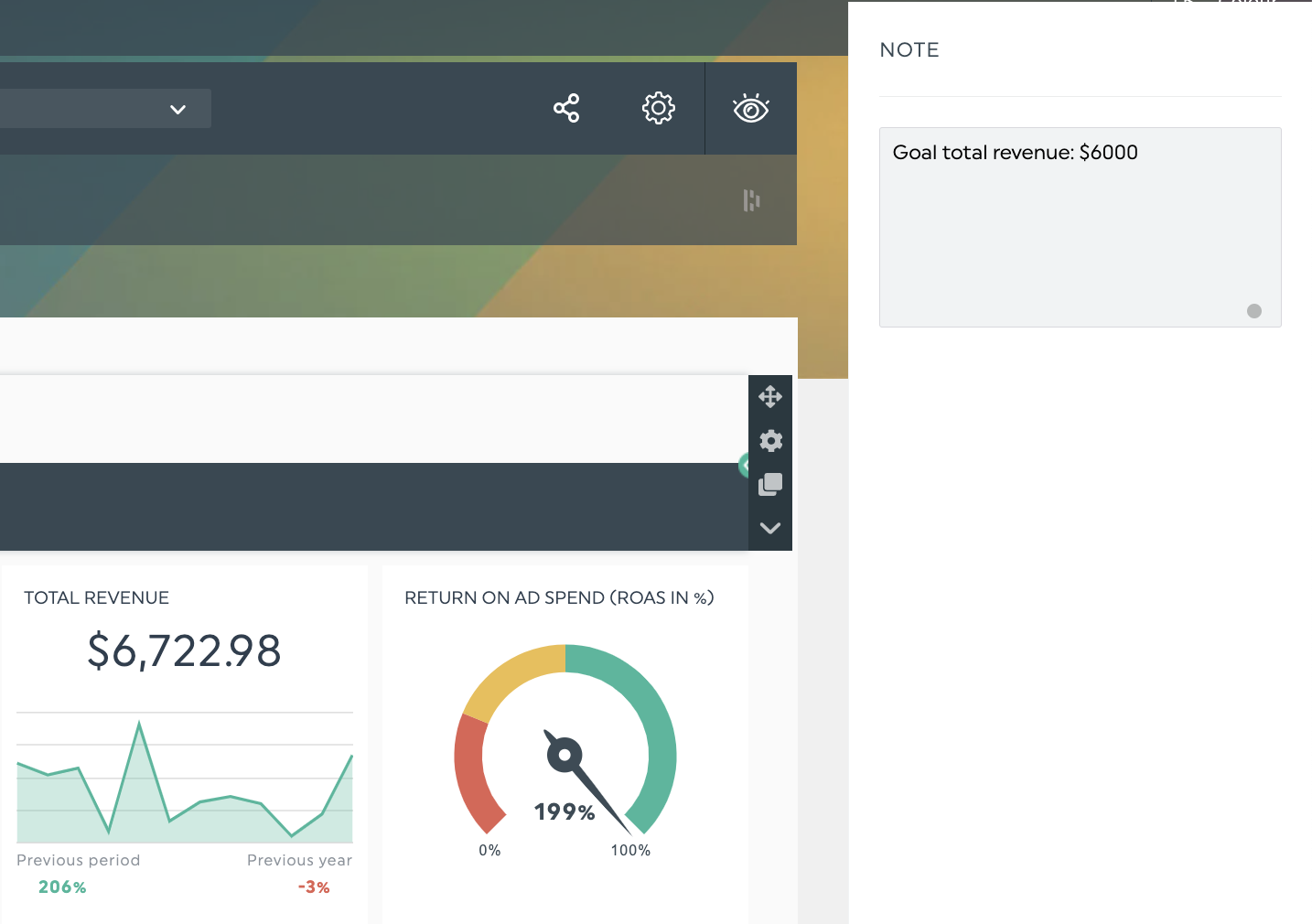
Based on this analysis, you can inform your client whether your marketing activities are working and whether you should continue or change.
And finally, be punctual with your reports
You’ve done all the work to create a fantastic report packed with actionable insights.
Now is not the time to get caught up with being late or forgetting to send your report.

Thankfully, DashThis includes a few ways to automate this small but critical part of the campaign reporting (and client communication) process.
- Automated email dispatch:
Schedule a report to your client according to a set schedule. Most schedule reports either on a weekly or monthly basis.
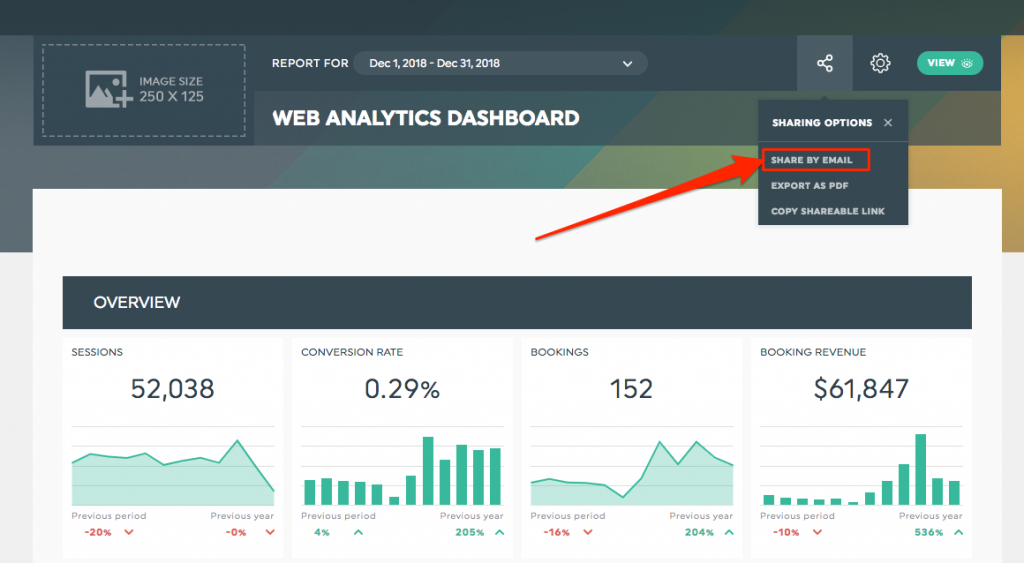
- Export as PDF:
Downloads your dashboard in PDF format to store on your device or for uploading to a shared drive
- Copy URL link:
Send your client and stakeholders a simple link to view a report on their web browser. Perfect for client discussions to ensure you’re looking at the same data in real time
Read more: How to automate the sharing of your monthly or weekly marketing report.
The best campaign reporting KPIs to track
Impressions
While impressions measure how many people saw your ads, it’s also an important gauge if your campaigns are running properly and form the base for other key metrics like your click-through rate (CTR).
Conversion rate
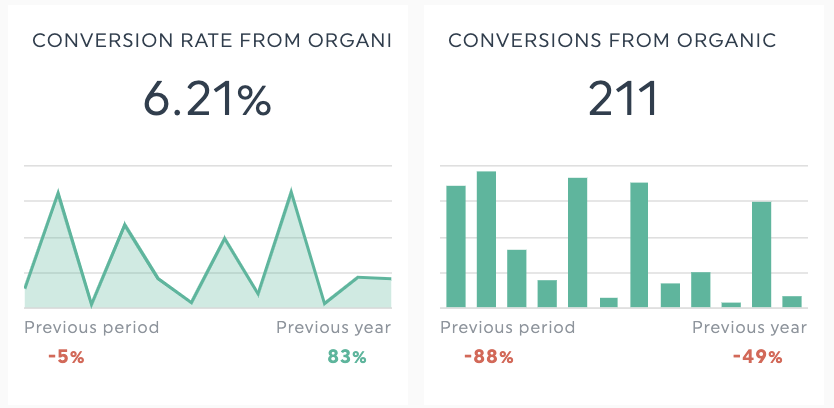
Conversions are the holy grail of most marketing campaigns. Relevant for any lead generation initiative, sales campaign or content efforts like growing a target audience for email marketing or on a social media platform like LinkedIn.
Tip: Track both the absolute number of conversions and the percentage rate to get a full picture
Clicks / Cost per click
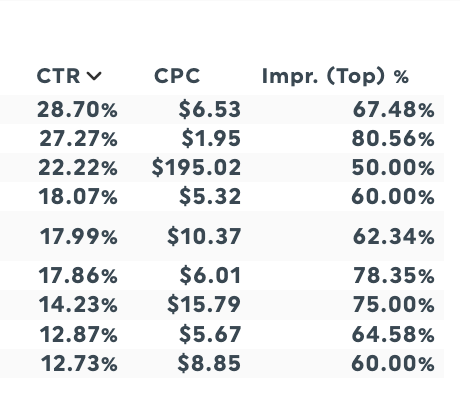
Managing your advertising budget is vital for effective pay-per-click (PPC) campaigns, and these two metrics are essential to make any ad or campaign optimization decisions, like the keywords to target or which segments to focus on for your Google Ads campaigns.
Engagement
Are people resonating with your social media content? Track your engagement rate to answer that question and identify your top-performing social media channels.
Build your campaign performance report in minutes
Find yourself staring at spreadsheets and data more than solving problems for your clients?
You’re not alone. A 2021 survey found that marketers spend 57% more time on reporting tasks than 10 years ago. Here’s where a reporting solution like DashThis can help you save hours putting reports together.
Advertising campaign reporting template
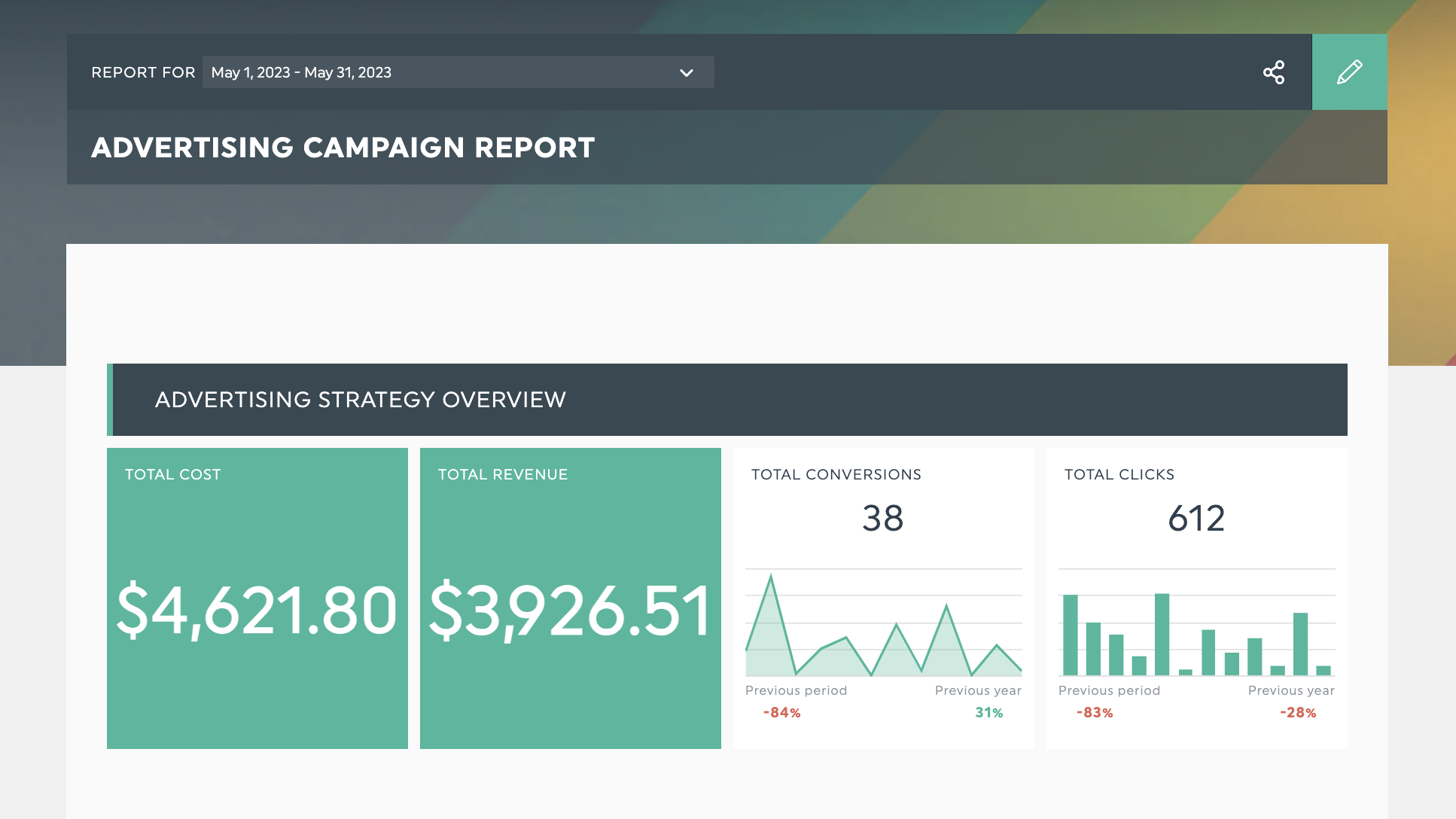
Get this advertising campaign reporting template with your own data!
Are you running advertising campaigns across multiple channels? We’ve got just the report template to help you consolidate all your data, whether it’s email campaigns, Facebook ads or social media marketing initiatives, into one easily readable report in minutes.
Features of the advertising campaign report template:
- A performance overview to get critical bottom-line KPIs like revenue and cost figures - perfect for that busy chief marketing officer (CMO) to review
- Channel-specific performance metrics to review which channels are pulling in the most results
- Campaign and ad-level performance reports for you to drill into the specifics and guide optimization decisions
Create beautiful campaign reports easily with DashThis
The days of double-counting results or copy-pasting data from multiple sources into an Excel spreadsheet are over.
Clients want more now, and campaign reporting software tools like DashThis exist to give you a helping hand while saving you valuable time putting together reports.
Here’s how to create your campaign report with DashThis in 4 easy steps:
- Sign up for your 15-day free trial of DashThis
- Connect your favorite marketing and web analytics tools like Google Analytics
- Select your metrics from DashThis’ preset widgets (or get started with our campaign report template)
- Drag and drop the metrics you need. Our templates are fully editable, so you have the flexibility to customize your report as you see fit
With these steps, your reports can look like this:
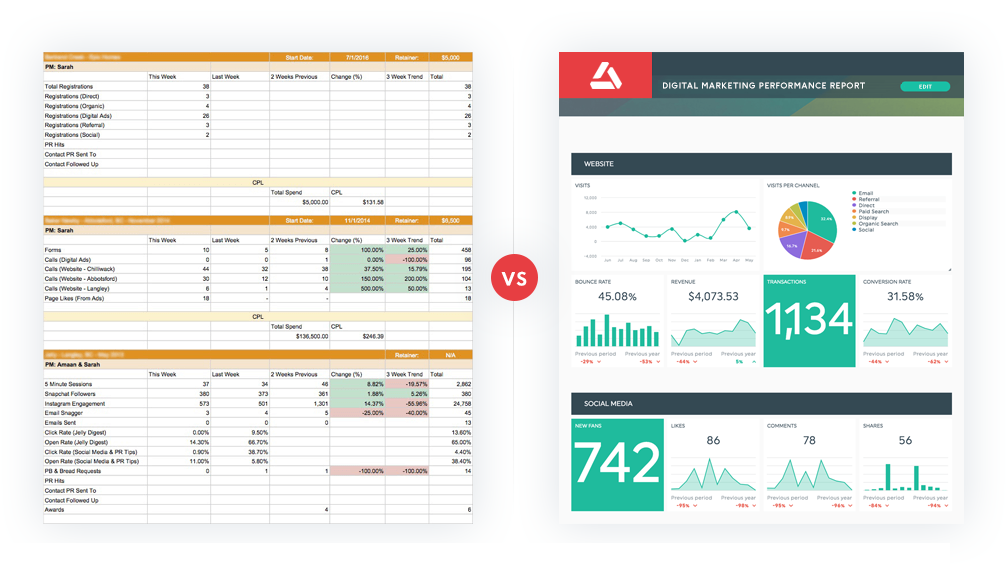
Automate your reporting with DashThis
How much time do you spend on your monthly campaign reports each month? That’s time and wages you can put to better use while ensuring your clients get the reporting experience they want to stay with you for another billing cycle.
Invest in a better reporting experience today with DashThis without tearing your hair out. Sign up for your free 15-day trial of DashThis today.
Start campaign reporting with Dashthis
Read More
Don’t miss out!
Automate your reports!
Bring all your marketing data into one automated report.
Try dashthis for free

